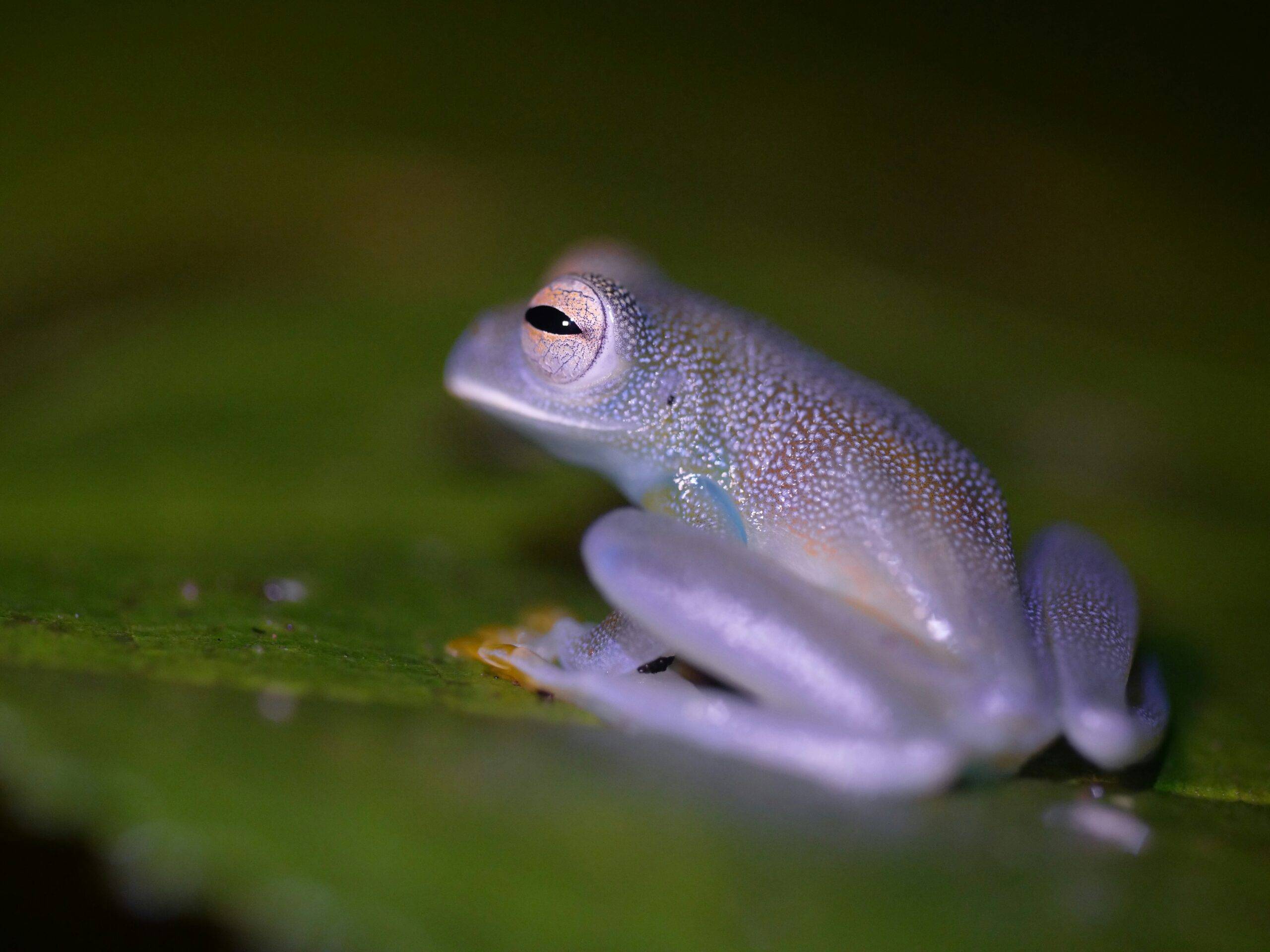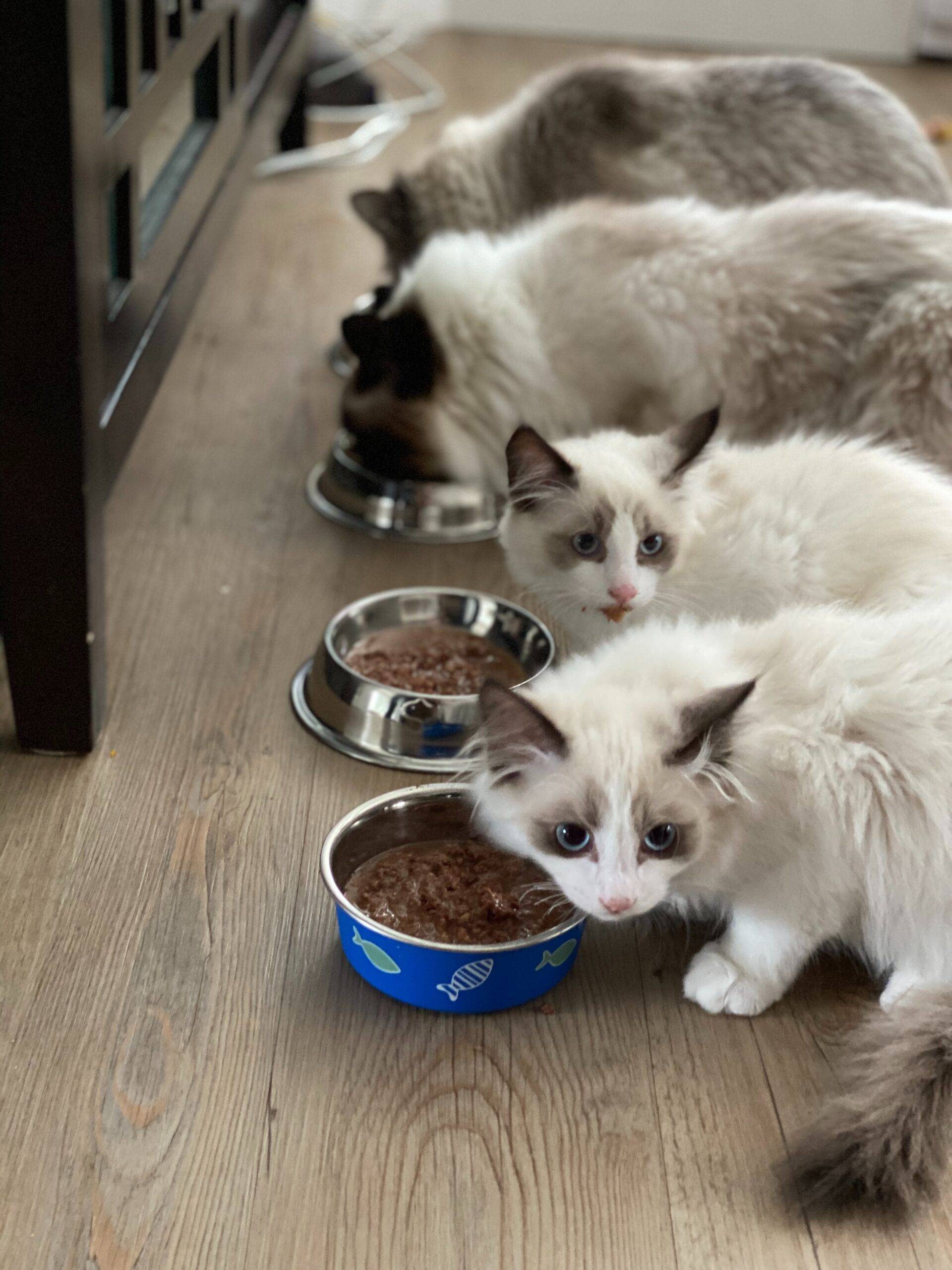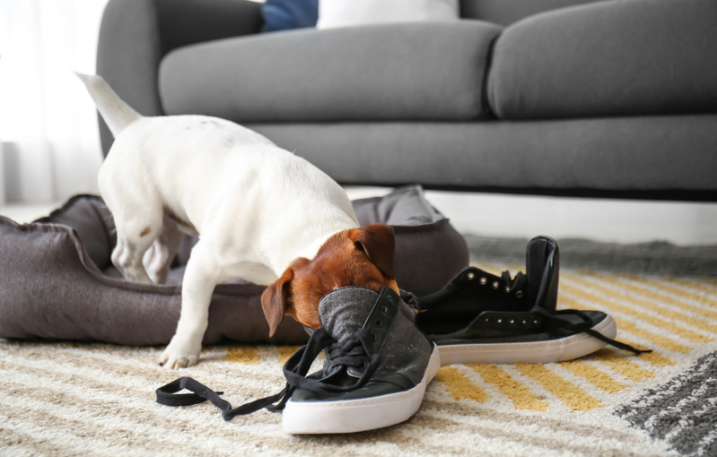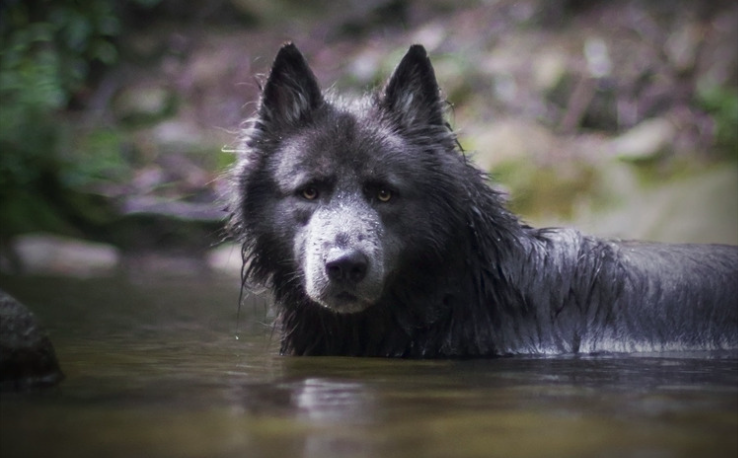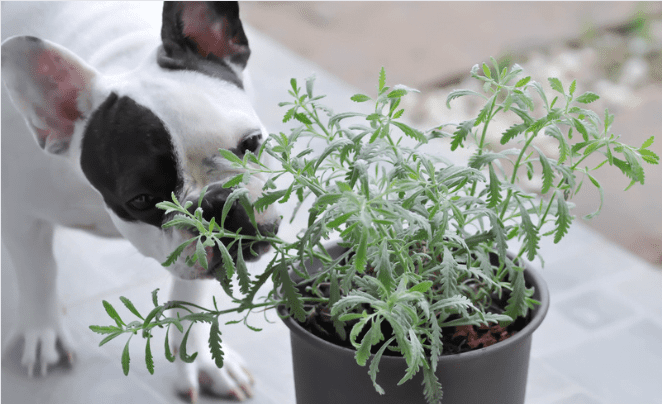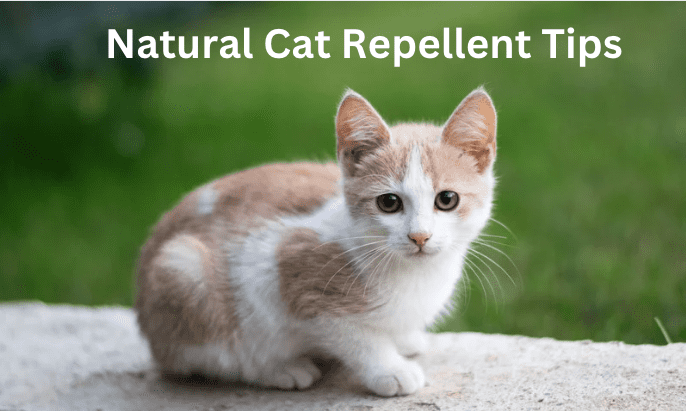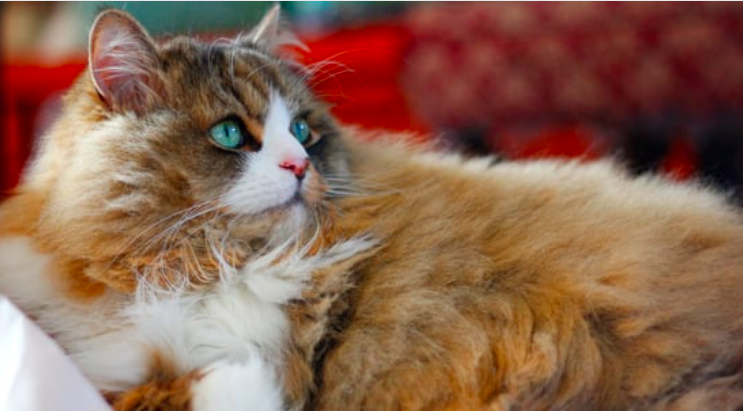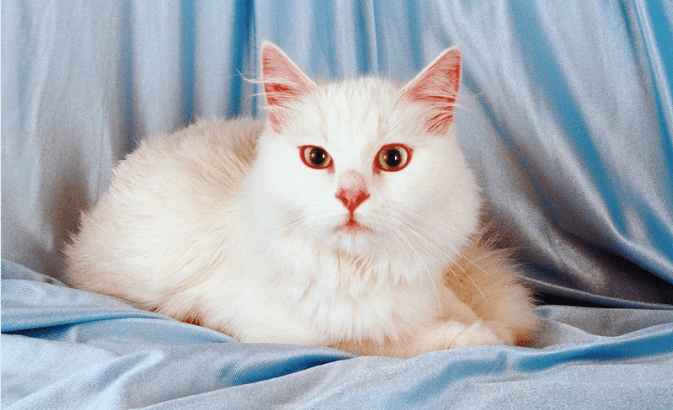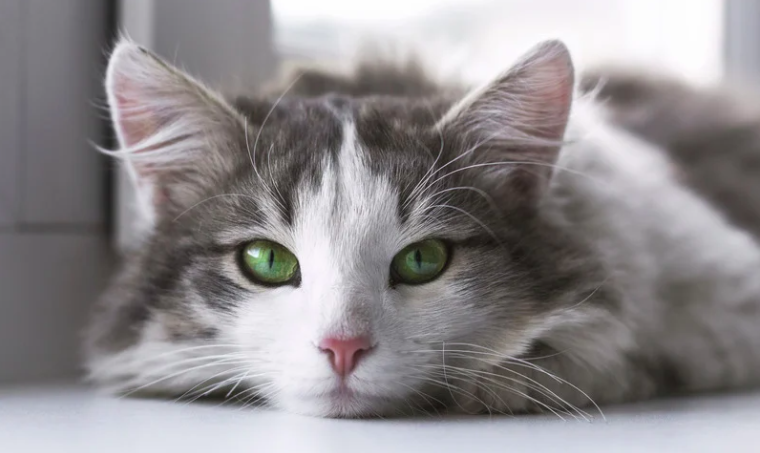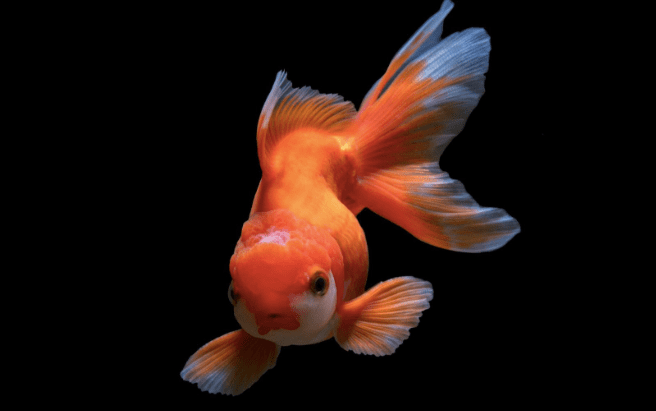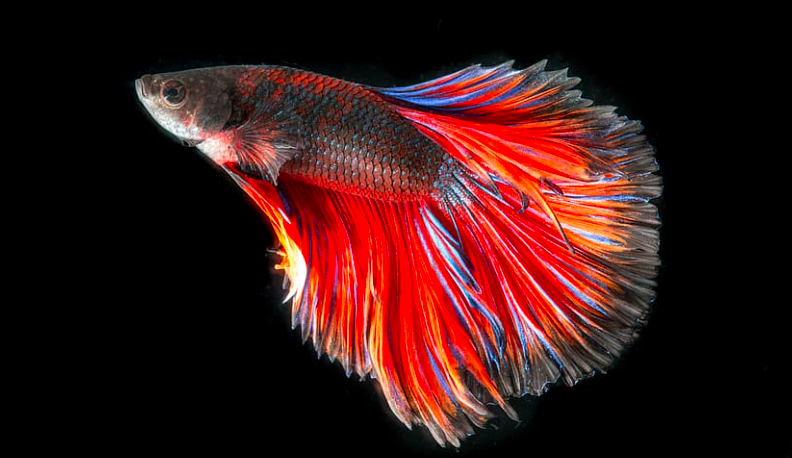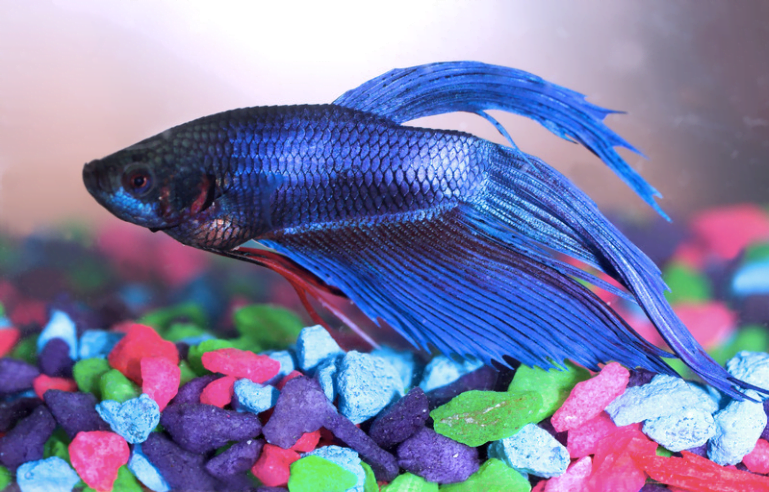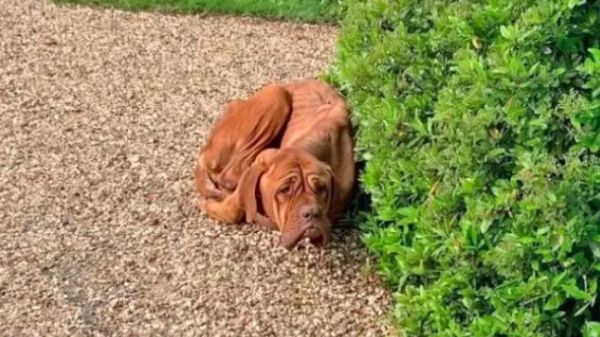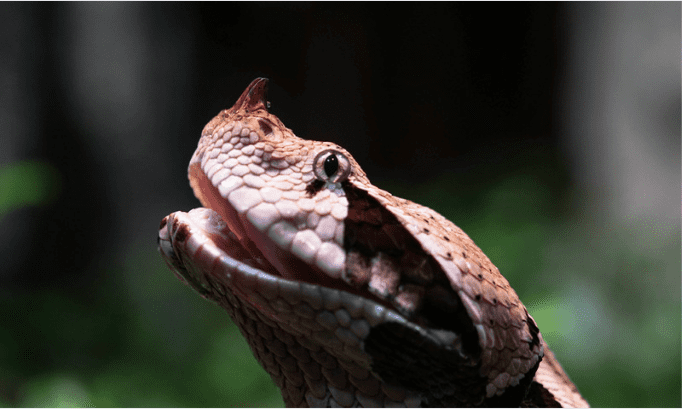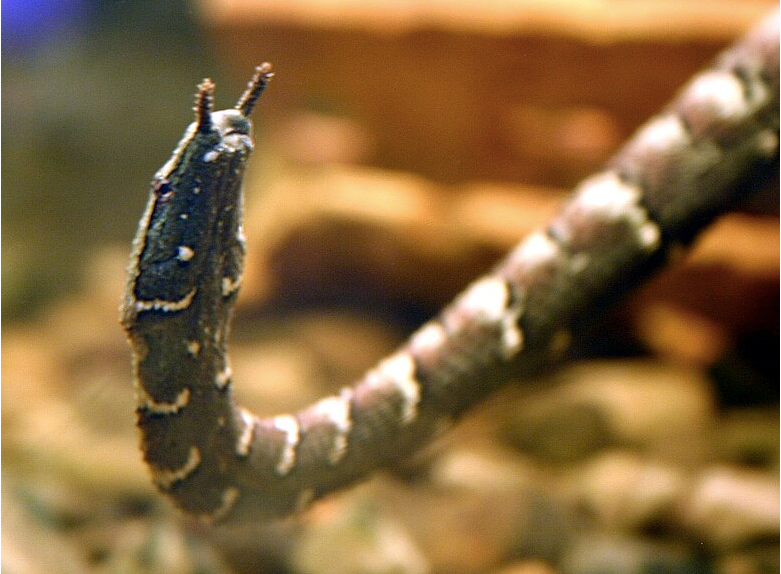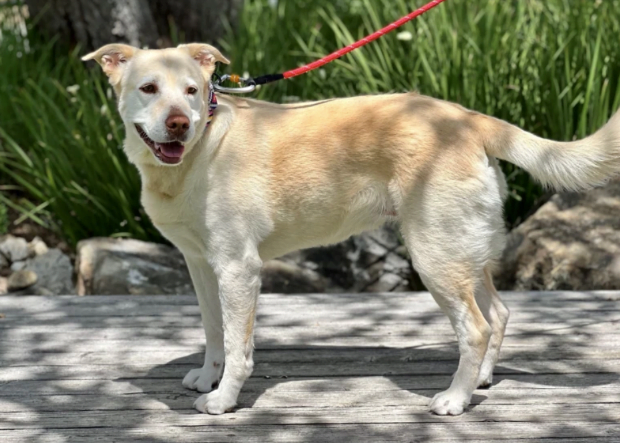The 12 Finest Rabbit Breeds: Unveiling the World of Rabbit Breeds
Having a rabbit as a pet or companion animal is a lovely experience. There are many rabbits, each with their unique appearances and personality, and it can be difficult to determine which one is the best fit for you and your family.
These best rabbit breed guidelines can assist you in understanding the top breeds and their peculiarities, allowing you to select the pet rabbit that is most suitable for your needs.
1). American Rabbit Breeds

Size: This kind of rabbit is a medium-to-large size, weighing between 10 and 12 pounds on average.
Colour: The coat of this rabbit is velvety and silky, and it is either “blue” (dark bluish grey) or white.
Behaviour: Rabbits in the United States are gentle and easy-going, with a propensity to be lethargic.
The Average Lifespan: is 8 -12 Years.
Health Care and Wellness: There are no specific diseases or health problems associated with the American rabbit breed.
Still, rabbits should be constantly monitored for behavioural changes that suggest illness, inspected routinely for signs of illness, and given a yearly checkup by a veterinarian familiar with rabbits.
Food: American rabbits’ nutrition and feeding requirements are not specific; nonetheless, all rabbits require access to clean water, fresh hay, and healthy food pellets.
The American Rabbit, like any other rabbit, will appreciate a tasty treat now and then.
Maintenance: American rabbits require a large enough shelter to allow them to stretch out and get some exercise while they are indoors.
Brushing them every week or two is recommended, providing chewing toys, playtime, and other forms of attention.
2). Hare Rabbit Breeds

Size: Approximately 6-9 pounds in weight, the Belgian Hare is a medium to big rabbit breed.
Colour: Their fur is an intense rusty orange colour with an orange tint covering their entire body, with a lighter undercoat visible on their stomachs and around their eyes.
Behaviour: Belgian Hare rabbits are incredibly active and curious creatures who have a propensity to be frightened when they are threatened.
They require a lot of space to run around in and are intelligent enough to be taught some tricks and to play games with their owners. They can be unpredictably unpredictable and easily startled.
The average Lifespan: is 7 to 11 years.
Health Care and Wellness: There are no specific diseases or health problems associated with the Belgian Hare breed.
Still, rabbits should always be examined for behavioural changes that suggest illness, often inspected for signs of illness, and given an annual examination by a veterinarian familiar with rabbits.
Food: Belgian Hares do not require a special diet or food, but they require access to clean water, fresh hay, and healthy food pellets, just like any other rabbits.
Just like any other rabbit, the Belgian Hare will appreciate a tasty treat now and then.
Maintenance: Belgian Hares require significantly more space than other domestic rabbits to engage in activity and exercise.
Make sure to offer them plenty of room to run around, whether indoors or outside, and to supply them with toys and activities that stimulate them to exercise.
Some people propose putting a Belgian Hare’s water up very high to encourage the rabbit to stretch when drinking, which some believe is beneficial.
Their short, glossy coats require little brushing, although massaging their coats once a month will keep them in good condition.
3). California Rabbit Breeds

Size: The Californian rabbit is a huge rabbit that weighs between 8 and 11 pounds on average.
Coat: Compared to other rabbit species, Californian rabbits have a thick covering of dense fur that is abrasive to the touch. They are often white with Himalayan markings, including grey or black noses, ears, tails, paws, and grey or black paws.
Behaviour: Californians are naturally calm and quiet, but they may be affectionate pets that enjoy playing and cuddling with their owners when properly socialised.
The average Lifespan: is 5 to 10 years.
Health Care and Wellness: Despite the fact that Californian rabbits are not susceptible to any specific diseases or health problems, rabbits should always be observed for behavioural changes that indicate illness, frequently inspected for signs of illness, and given an annual checkup by a veterinarian who is familiar with rabbits.
Food: Californian rabbits do not require a special diet or food, but all rabbits require access to very clean water, fresh hay, and nutritious food pellets in order to survive. Californians will enjoy the occasional treat, just like any other rabbit.
Maintenance: Californian rabbits have dense or thick fur and a thick undercoat, allowing them to be raised outdoors and indoors with equal success.
This huge breed does require a significant amount of space for exercise and does best when exposed to a high level of human connection. Brushing their thick coat at least once a week is recommended and frequently during shedding season.
4). Dutch Rabbit Breeds (Also Called The Hollander)

Size: The Dutch rabbit is short, measuring between 4-6 pounds, and is miniature in appearance.
Coat: Dutch rabbits have short, soft, glossy fur, and all of them have white legs, bellies, and shoulders, as well as a white blaze running from their noses to the tops of their heads.
Different kinds of Dutch rabbits have a variety of dark hues on their ears, tails, and rumps that vary from one another. A few have black rumps and ears, while others have grey, and others have brown.
Behaviour: Despite their size, Dutch rabbits are gentle, calm, and social. They flourish in the presence of humans and other rabbits and with the care and attention of people. They are amiable and interested, and they are easily trainable.
Average Lifespan: 5 to 8 years.
Health Care and Wellness: Dutch rabbits are not predisposed to any specific diseases or health concerns. Still, they should constantly be monitored for behavioural changes that suggest illness, inspected periodically for signs of illness, and given an annual examination by a veterinarian familiar with rabbits.
Food: Unlike other rabbits, Dutch rabbits do not require a special diet or food, but they require access to clean water, fresh hay, and healthy meal pellets. Like any other rabbit, Dutch rabbits will appreciate a tasty treat now and then.
Maintenance: Even though Dutch rabbits require sufficient space for healthy activity and contact, this small breed does not require as much space as larger varieties. Brushing their coats once a week is recommended, with daily brushing during the shedding season.
5). English Lop

Size: Generally speaking, the English Lop is a medium-sized rabbit that weighs between 9 and 10 pounds.
Coat: The English Lop is a popular breed with a short, smooth coat that comes in a wide variety of colours and patterns.
Behaviour: These bunnies are peaceful and sensitive, yet they are also lively, playful, and friendly in their personalities.
They are more intelligent and simpler to teach than some other breeds, and they are not as prone to chewing as some other breeds.
Average Lifespan: 5 9 7 Years.
Health Care and Wellness: Even while the English Lop is not predisposed to any specific ailments, it does require regular care and attention for its ears. It is very important to check and clean the ears of lop breeds regularly since they are sensitive to wax buildup.
Dogs of the lop breeds should have their nails clipped on a regular basis to prevent them from accidentally scratching their ears while moving about.
All rabbits should be closely monitored for behavioural changes that suggest sickness, thoroughly examined for symptoms of illness on a regular basis, and given a yearly examination by a veterinarian experienced with rabbits.
Food: English Lops do not require a special diet or food, but all rabbits require access to clean water, fresh hay, and nutritional food pellets in order to thrive. Like any other rabbit, the English Lop will appreciate a tasty treat now and again.
Maintenance: The English Lop need plenty of space to run around and play, and it enjoys interaction with humans and other animals.
Their coats do not require brushing on a daily basis; however, they may require brushing on occasion during the shedding period or season.
The English Lops should not be exposed to freezing weather since their ears may freeze when they come into contact with the ground. Their ears must be checked and cleaned every often week as needed.
6). English Spot

Size: 5-8 pounds, the English Spot rabbit is a medium-sized rabbit with a medium-sized body.
Coat: English Spots are distinguished by their unusual spotted coats, which are accented by dark eye circles, cheek spots, and coloured ears, as well as a strip of colour running down their backs and a butterfly-shaped nose marking, among other characteristics.
They are available in various colours, and their fur is short and dense.
Behaviour: Due to the fact that the English Spot was developed as a show animal, they are docile and peaceful, as well as easy to handle. However, they are just moderately active and do not appear to be particularly lively.
Average Lifespan: 5 – 9 Years.
Health Care and Wellness: There are no specific diseases or health problems that the English Spot is prone to.
Still, rabbits should constantly be examined for behavioural changes that signal illness, inspected periodically for signs of illness, and given an annual examination by a veterinarian familiar with rabbits.
Food: English Spot rabbits do not require a specific diet or food, but they require access to clean water, fresh hay, and healthy food pellets, just like all other rabbits. An English Spot likes a treat now and then, just like any other rabbit.
Maintenance: Despite the fact that English Spots require appropriate space and activity for 1-2 hours every day, they are relatively peaceful rabbits who adapt well to living indoors.
Their short coats can be groomed every couple of weeks and even more regularly during the shedding season, depending on the weather conditions.
7). Flemish Giant Rabbit Breeds

Size: As you might expect, the Flemish Giant is an exceptionally huge rabbit that weighs between 9 and 15 pounds.
According to historical records, Flemish Giants have weighed up to 22 pounds and measured more than 4 feet in length.
Coat: They have short, dense, glossy fur and can be found in a range of solid hues, all of which are short and dense.
Behaviour: Flemish Giant rabbits are commonly referred to as “gentle giants” since they are pleasant and docile creatures who do not bite.
They relate or get along well with people and other animals, and they are bright enough to be taught new skills.
Average Lifespan: 5 – 8 Years.
Health Care and Wellness: The Flemish Giant is not predisposed to any specific diseases or health problems.
Still, rabbits should always be observed for behavioural changes that indicate illness, frequently inspected for any signs of illness, and given an annual checkup by a veterinarian familiar with rabbits and their care requirements.
Food: Because of their big size, Flemish Giant rabbits require larger quantities of food than other rabbits. Flemish Giant rabbits do not require any special or particular food or diet.
Access to clean water, fresh hay, and nutritional food pellets are essential for all rabbits. The Flemish Giant appreciates a treat now and then, just like any other rabbit.
Maintenance: In order to get enough exercise, Flemish Giants require exceptionally big hutches and runs. Two-level cabinets should be avoided because it is difficult for them to climb ramps or steps.
Flemish Giants are large and intelligent enough to be harness-trained so that they can be taken for walks in a harness. However, harness training is not a substitute for free running and leaping exercises.
In common with many rabbit breeds, Flemish Giants like chewing, but because of their larger size, they can cause more damage.
Providing healthy chew toys and effective rabbit-proofing are therefore particularly vital. They must be brushed every few weeks or as often as necessary during the shedding season.
8). French Angora Rabbit Breeds

Size: The French Angora rabbit is a big breed that can weigh anywhere between 7.5 and 10.5 pounds on average.
Coat: The French Angora has long, thick, and soft fur referred to as “wool.” They are available in a plethora of different colours and patterns.
Behaviour: When given plenty of exercise and engagement, French Angoras become sociable, charming, and delightful companions for people and other animals.
Average Lifespan: 7 – 12 Years.
Health Care and Wellness: For the reason of their long, thick fur, French Angoras are particularly prone to “wool block,” and they must be brushed on a regular basis (typically every day) to avoid gastric problems caused by self-grooming (which can occur).
Rabbits Wool block is characterised by a decreased appetite, fewer droppings, and decreased energy levels.
Rabbits should constantly be examined for behavioural changes that signal disease, inspected routinely for any signs of illness, and taken to a veterinarian familiar with rabbits every year for a thorough examination.
Food: French Angora rabbits do not require a specific diet or food, but they require access to clean water, fresh hay, and healthy food pellets, just like any other rabbit. The French Angora appreciates a treat now and then, just like any other rabbit.
Maintenance: While French Angora rabbits are generally well-behaved and low-maintenance animals, their coat requires constant attention to ensure the animal’s health and well-being, even if you do not intend to use their wool.
They must be brushed regularly, which is normally several times a week and occasionally even every day if necessary. Keeping the fur dry and clear of debris requires regular blow-drying (although rabbits should never be bathed).
The coat of a French Angora can grow as much as six inches per season, and it needs to be sheared or trimmed three to four times per year to maintain its shape. They require the same amount of exercise and healthy activities as any other rabbit.
9). Harlequin Rabbit Breeds

Size: The Harlequin rabbit is a medium-sized to giant animal that weighs between 6.5 and 9.5 lbs. Harlequin rabbits have short, silky fur accented with dramatic bands of clashing colours in various vibrant tints.
The breed standard specifies that the ears should be distinct colours from one another and the face; however, there is a great deal of variation in the colours that are used to achieve this.
Behaviour: Harlequins are inquisitive, outgoing, and playful creatures. They are bright and can be taught tricks, and they make excellent pets because they are well-behaved.
Average Lifespan: 5 – 8 Years.
Health Care and Wellness: Although the Harlequin rabbit is not predisposed to any specific diseases or health problems, it is always a nice idea to keep an eye out for behavioural changes that indicate illness, inspect rabbits frequently for signs of illness, and take them to a veterinarian who is experienced with rabbits on an annual basis.
Food: Despite the fact that Harlequin rabbits do not require a special diet or food, all rabbits require or need access to clean water, fresh hay, and nutritional food pellets. Like any other rabbit, the Harlequin Bunny enjoys a tasty treat now and then.
Maintenance: For their exercise, harlequin rabbits demand a large amount of space, and they are a more lively breed that requires more action than certain other types of rabbits.
It is recommended to brush harlequins once per week or two or more frequently as needed during the shedding season.
10). Hollands Rabbit Breeds

Size: This rabbit breed, often known as the Holland Lop, is a dwarf rabbit that weighs only 2-4 pounds.
A thick and glossy coat coats Holland Lops, who has a medium-length fur coat. They are available in a plethora of different colours and patterns.
Behaviour: The Holland Lop was originally bred as a companion animal, and they are well-known for being loving and social. They are relatively curious and enthusiastic, and it is enjoyable to spend time with them.
Average Lifespan: 7 – 14 Years.
Health Care and Wellness: Although lop rabbits are not susceptible to any specific diseases or health problems, they require special care and attention to their ears.
Even though the ears of the Holland Lop are not so low that they often drag on the ground or are at risk of being trodden on, they should be checked and cleaned regularly.
All rabbits should be closely monitored for behavioural changes that signal illness, thoroughly examined for symptoms of illness on a regular basis, and given an annual checkup by a veterinarian familiar with the species.
Food: Like any other rabbit, Holland Lops do not require a specific diet or food, but they do require access to clean water, fresh hay, and healthy food pellets.
Because they are so small, feeding servings should be smaller than those for larger rabbits to ensure proper nutrition. A Holland Lop will enjoy a treat now and then, just like any other rabbit.
Maintenance: Holland A small stature allows them to take up less space than other breeds, which allows them to be more active and require more space for exercise and play.
It is recommended that their medium-length hair be brushed once a week or more frequently, and their ears should be checked and cleaned regularly.
11). Lionhead Rabbit Breeds

Size: Approximately 2.5–3.5 pounds in weight, the Lionhead rabbit is a tiny rabbit breed.
Coat: Lionhead rabbits are distinguished by a characteristic “mane” of fine, soft hair that encircles their heads.
They might have a single, thin, wispy mane or a broader “double mane,” depending on their size. They are available in many solid colours, although they do not often have designs on them.
Behaviour: Lionhead rabbits are highly affectionate, and they enjoy being picked up, cuddled, and carried around by their owners. They are affectionate, playful, and well-behaved companions.
Average Lifespan: 7 – 10 Years.
Health Care and Wellness: Although the Lionhead rabbit is not particularly susceptible to any specific diseases or health problems, it is always a nice thing to keep an eye out for behavioural changes that indicate illness, inspect rabbits frequently for signs of injury, and take them to a veterinarian who is familiar with rabbits on an annual basis.
Food: Lionhead rabbits do not require a specific diet or food, but they require access to clean water, fresh hay, and nutritious food pellets, just like all other rabbits.
This micro breed will consume a smaller amount of food than a full-grown rabbit. Lionheads love goodies from time to time, just like any other rabbit.
Maintenance: During the shedding season, the fine, delicate wool of the Lionhead requires daily brushing, and it may require daily brushing throughout the rest of the year.
They require space for healthy play and exercise, but because they are so small, they require far less area than a larger rabbit. Besides cuddling with you, they will like simply relaxing in your lap.
12). Netherland Dwarf Rabbit Breeds

Size: The Netherland Dwarf rabbit is a very small breed that weighs between 1 and 2.5 pounds. It is a dwarf breed.
The coat of the Netherland Dwarf rabbit is short and silky, and it is available in a variety of colours and patterns.
Behaviour: Netherland In their natural state, dwarf rabbits are shy and can be jittery, and they require a great deal of gentle training and engagement in order to overcome their shyness and form a bond with humans.
Average Lifespan: 10 – 12 Years.
Health Care and Wellness: In addition, the Netherland Dwarf rabbit is susceptible to a jaw ailment known as malocclusion, which prevents them from wearing down their teeth.
Malocclusion requires that rabbits visit the veterinarian in order to have their teeth filed.
It’s critical to find a veterinarian who has experience working with rabbits because these little breeds can be fragile and difficult to handle.
All rabbits should be closely monitored for behavioural changes that signal illness, often evaluated for signs of injury, and given an annual examination by a veterinarian familiar with rabbits and their needs and requirements.
Food: While Netherland Dwarves do not require a special diet or food; all rabbits require access to clean water, fresh hay, and healthy food pellets in order to survive. A Netherland Dwarf will enjoy a treat now and then, just like any other rabbit.
Maintenance: The short hair of a Netherland Dwarf requires only occasional brushing throughout the shedding season and then only when absolutely required.
Because of their small size, these rabbits require very little space to play and exercise, and they should be kept indoors because they require protection from the elements and potential predators.
The Netherland Dwarf is less destructive than larger breeds of rabbits, even though they are prone to chewing and require nutritious chew toys.
We appreciate you taking the time to read!
Finally, we hope you found this article interesting? And what do you think about ”The Finest 12 Rabbit Breeds: Unveiling the World of Rabbit Breeds!?”
Please get in touch with us if you would like to contribute to this article or advertise.
And let us know if you notice something that isn’t quite right.


